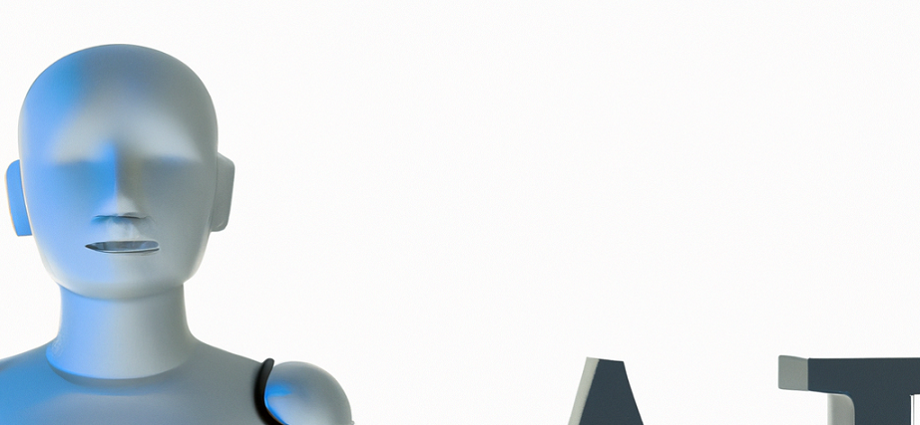The internet of things (IoT) and the metaverse are two rapidly emerging technologies that have the potential to transform the way we live, work, and interact with the world around us. While they may seem unrelated at first glance, there is actually a strong connection between these two technologies, and the intersection of IoT and the metaverse promises to bring about a new era of connected realities.
What is the Internet of Things (IoT)?
The IoT refers to the vast network of interconnected devices that are equipped with sensors and internet connectivity. These devices can collect and transmit data, allowing them to communicate with each other and with the internet. Some examples of IoT devices include smart thermostats, security cameras, and wearable fitness trackers.
What is the Metaverse?
The metaverse is a virtual world that is created and maintained by software. It is a shared space where users can interact with each other and with virtual objects and environments in real-time. The metaverse is often compared to a massive multiplayer online game, but it has the potential to be much more than just a game. It could become a platform for socializing, entertainment, education, and even work.
The Intersection of IoT and the Metaverse
IoT and the metaverse intersect is through the use of virtual and augmented reality (AR/VR) technologies. These technologies allow users to experience the metaverse in a more immersive and interactive way, and they can be connected to the IoT to provide even more functionality.
For example, a user wearing an AR headset could see virtual objects and information overlaid on the real world, thanks to the sensors and internet connectivity of the headset. These virtual objects could be linked to real-world IoT devices, such as smart home appliances or industrial equipment, allowing the user to control and monitor these devices from within the metaverse.
Avatars are digital representations of users in the metaverse, and they can be connected to the IoT through sensors and internet connectivity. This allows users to control their avatars using their own physical movements, or even their thoughts and emotions, making the metaverse experience even more immersive and personalized.
The Future of Connected Realities
As the IoT and the metaverse continue to evolve and become more integrated, we can expect to see the emergence of new connected realities that blur the lines between the physical and digital worlds. This could have profound implications for how we live, work, and interact with each other and with the world around us.
For example, the metaverse could become a platform for remote work, allowing employees to collaborate in virtual environments as if they were in the same physical location. It could also become a platform for education, allowing students to learn in immersive and interactive virtual environments.
The possibilities are endless, and it’s exciting to think about what the future of connected realities might bring. As IoT and metaverse technologies continue to advance, we can expect to see even more innovation and disruption in the way we live and work.
How it Works
The intersection of IoT and the Metaverse has the potential to create new and innovative experiences by allowing physical objects and devices to be integrated into virtual environments and vice versa. For example, an IoT-enabled door lock could be integrated into the Metaverse, allowing a user to unlock their door using a virtual reality headset or a smartphone app. Similarly, a virtual reality headset could be integrated into the Metaverse, allowing the user to interact with virtual objects and environments in the physical world.
In order for these types of experiences to be possible, the physical objects and devices must be equipped with sensors and connectivity capabilities that allow them to communicate and exchange data with the Metaverse. This might involve the use of technologies such as Bluetooth, Wi-Fi, or cellular connectivity.
In addition, there must be a platform or infrastructure in place to enable the integration and communication between the physical objects and devices and the Metaverse. This could involve the use of cloud computing services or other types of software and hardware infrastructure.
Overall, the intersection of IoT and the Metaverse has the potential to create new and innovative experiences by allowing physical objects and devices to be seamlessly integrated into virtual environments, and vice versa, through the use of sensors, connectivity, and supporting infrastructure.

